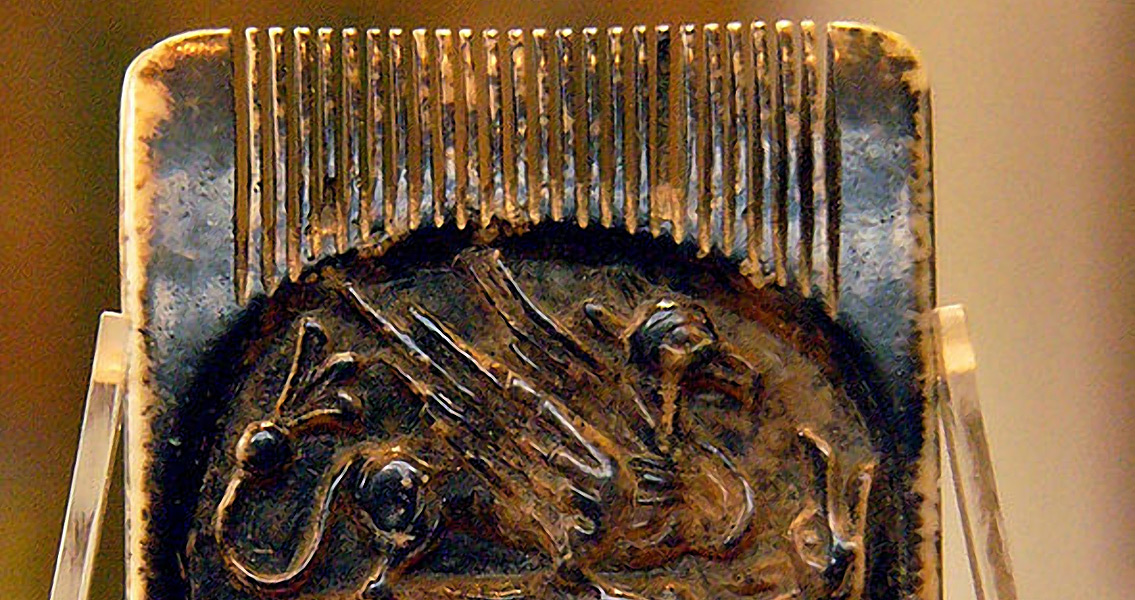<![CDATA[Research from the University of York has suggested that the beginnings of the Viking Age were based on trade, rather than violence and looting as is generally believed. The team, led by Steve Ashby from the university’s Department of Archaeology, has discovered that long before the raid on Lindisfarne in 793 CE, an event thought to mark the start of the Viking Age, Vikings were travelling to a regional trade hub on the west coast of what is today Denmark, Ribe. Ribe is the oldest town on the Scandinavian Peninsula and Norwegian Vikings seem to have been familiar with it since around 725 CE. The conclusions of the research team were based on analysis of artefacts made from animal antlers and bones, as well as waste from Ribe. A University of York proprietary biomolecular technique revealed that some of the artefacts were made from the antlers of reindeer, a species not native to Denmark but abundantly found in Norway, suggesting Vikings used to go south to trade with the locals, meanwhile honing their seafaring skills. The focus of the trade itself is believed to have been those same reindeer antlers. These were used in a major industry at the time – comb making. Since there were no reindeer in southern Scandinavia, it is realistic to suggest that the supplies came from the north and were exchanged for other goods. The technology that the scientists used is called 'zooarchaeology by mass spectrometry'. What it does is identify the species that a piece of organic matter belonged to in a quick and non-destructive manner, by pinpointing specific proteins in collagen, a substance found in organic material. This technique allowed the researchers to identify the Ribe artefacts as reindeer, providing the first material evidence of exchanges between Vikings and the inhabitants of southern Scandinavia. Ashby says that archaeologists have long suspected that there was a peaceful commercial exchange going on in the region, but up until now there had been no reliable evidence of it. The sea travels that the Vikings undertook to get to the Ribe market must not be underestimated as a driver behind the Viking Age, as most probably they gave the Norse the skill and experience that determined their victory at Lindisfarne. In the words of study co-author Soren Sindbaek from Denmark’s Aarhus University, “They learned to master sailing to such an extent that they get to the coast of England where the locals don’t expect anything. They come quickly, plunder the unprepared victims, and leave again—a sort of hit and run.” It was this manner of conquest that started the Vikings’ reputation as pillagers but after this and similar research that perception may have to be rethought. Earlier studies have also challenged the idea of Vikings as violent brutes, revealing not just the supreme navigational skills that allowed them to sail over huge distances without maps, but also their ability as traders, dealing with not just their neighbours but also with cultures as remote as the Middle East, as suggested by the recent find of a silver ring with an inscription in Arabic in a Viking grave, confirming accounts by Arab travelers from the Middle Ages about their peaceful encounters with the Scandinavians. Image courtesy of Wikimedia Commons user: http://upload.wikimedia.org/wikipedia/commons/thumb/9/96/Comb1.jpg/591px-Comb1.jpg ]]>
Early Vikings Were Traders, Not Looters
